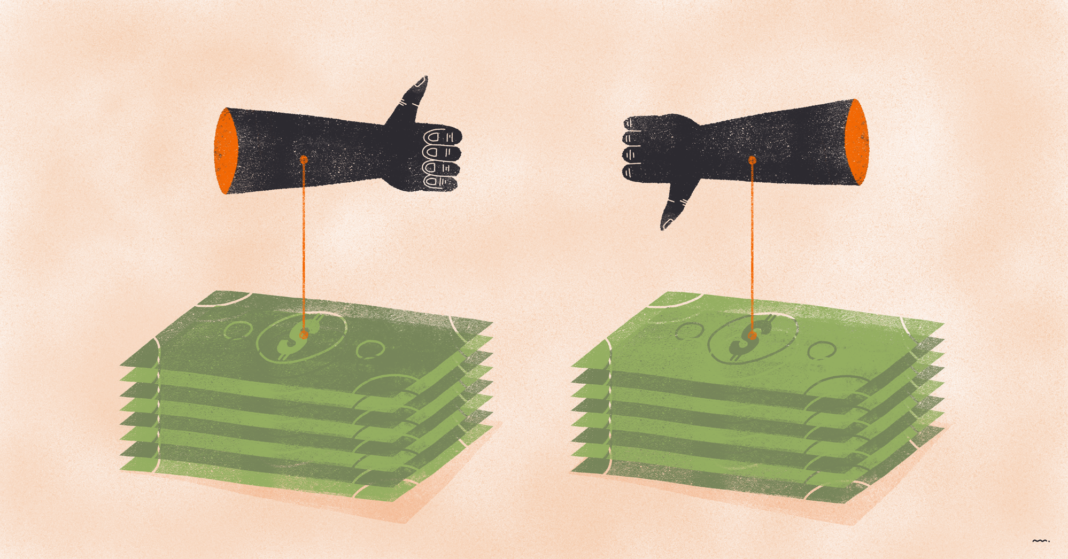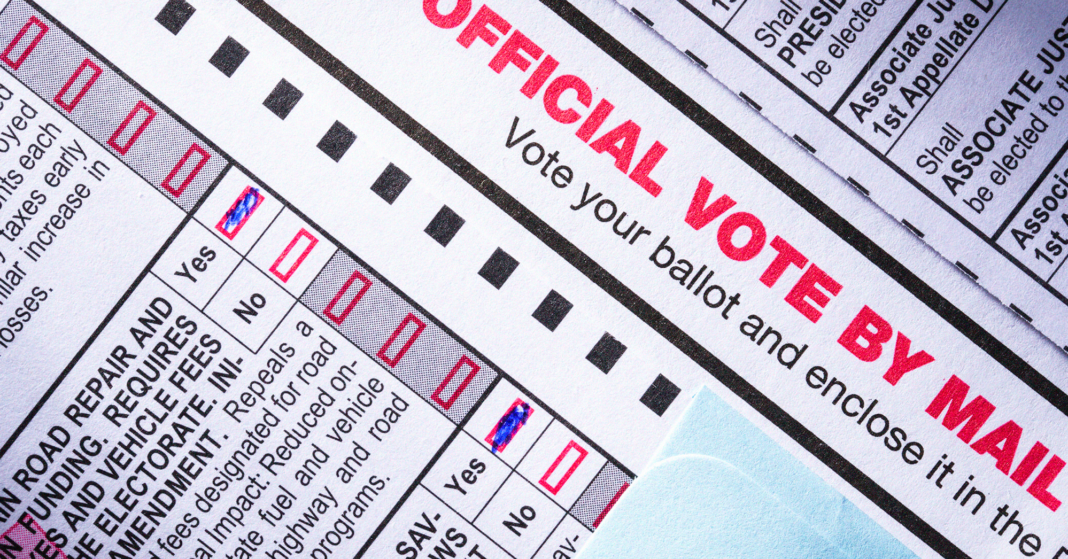Small businesses are the heartbeat of the Texas economy. As the economic effects of the coronavirus continue to impact businesses big and small, there’s a government solution for some business owners to help keep them stable in a rapidly changing economy.
But there’s a lot of confusion about how to get the full benefit of these solutions — available through four types of loans from the Small Business Administration — and exactly how they can be used.
There has been $349 billion in the Paycheck Protection Program funding initially made available as part of the Coronavirus Aid, Relief and Economic Security Act. Then, in the most recent relief package, Congress authorized $310 billion more for small businesses. Still more funding is included in the third relief bill currently being debated on Capitol Hill.
As of May 6, more than 2.4 million loans, worth more than $183 billion, had been approved as part of the second round of PPP funding, according to SBA data.
The SBA offers several kinds of loans, including the Paycheck Protection Program, EIDL loan advances, SBA Bridge Express loans and general SBA Debt Relief.
Business owners who apply and can receive a loan may be worried about how they can have the loan forgiven to avoid the burden of repayment. In order to ensure loan forgiveness, experts say, how businesses use the money is key.
According to the SBA and banking experts, the loan may only be used for payroll purposes, with at least 75% of it going to paying employees, and the other 25% — and not more — going to utility payments, rent, or mortgage or interest payments. Being able to show plans for employee retention may also help with loan forgiveness under the 75/25 rule.
But if you use less than 75% of your funds for qualified payroll expenses, the difference will be subject to loan repayment terms.
As a result, many businesses that had to close and lay off workers — but still have a large mortgage or rent payment, like restaurant owners — are finding it difficult to reach full forgiveness status.
But even if you can use 75% of the loan for payroll, what that means exactly is also confusing — or at least poorly defined by the SBA and the CARES Act.
The term “payroll” includes salaries, wages, commission, payment of cash tip, or income payments to a business partner to a certain cap. It can also include income earned from paid time off, family, medical or sick leave; and allowances for severance. In other words — payroll is business as usual for your employees. You can also use the payroll portion of the loan for paying for insurance, retirement benefits, or income taxes on employee salaries.
Payroll does not include self-employment income — if you’re the only person in your business — or self-employment income for a partner exceeding a certain amount. It also doesn’t include taxes withheld under certain IRS codes, income for employees that live outside of the United States, or sick or family leave wages for employees that are covered under the Families First Coronavirus Response Act.
Understanding how your business can use the funds can also clarify which loan your business is eligible for. Applying for the right kind of loan, following the requirements, being prepared with paperwork and a business plan, and building a good relationship with a knowledgeable lender are all things small businesses can do to increase the chances of getting a loan, say experts at First Bank SBA, a bank that specializes in supporting small businesses and entrepreneurs financially across the country.
“Because SBA loan programs have different eligibility requirements than conventional loans, one of the first conversations you’ll have is about which loan you may qualify for,” First Bank SBA said in an online resource. “Several factors come into play here – the size of your business, use of the loan proceeds, and even where your business resides. Collateral is another factor. It may or not be required. For example, if you have a strong business plan and financial statements, collateral is often not a prerequisite.”
And despite the funds running out quickly — the billions in PPP money ran out in days, and 4 million U.S. businesses have already applied for more than $380 billion in EIDL funds, yet Congress only allocated about $17 billion for the program — First Bank SBA says not to lose hope.
“Benefits of the CARES Act can be applied to traditional SBA loans,” experts at First Bank SBA said. “That means outside of the PPP loan — which has limited funding available — you have options.”








